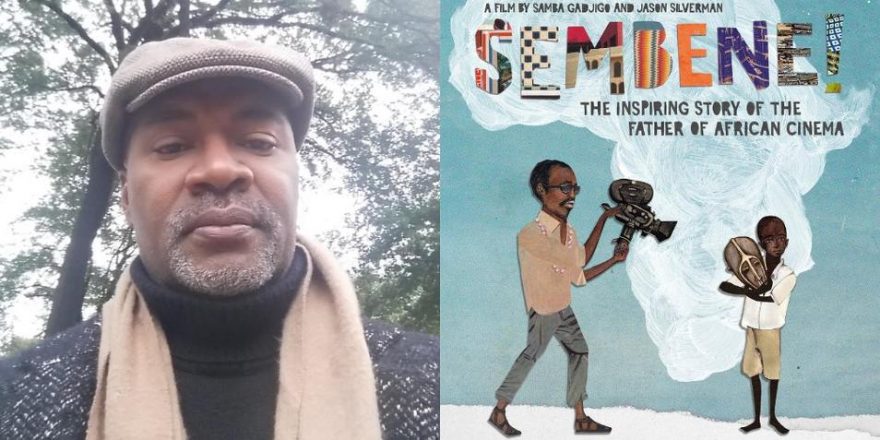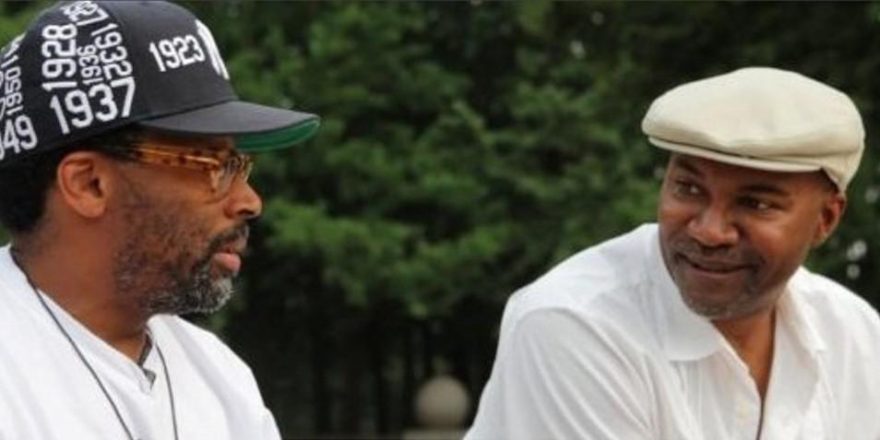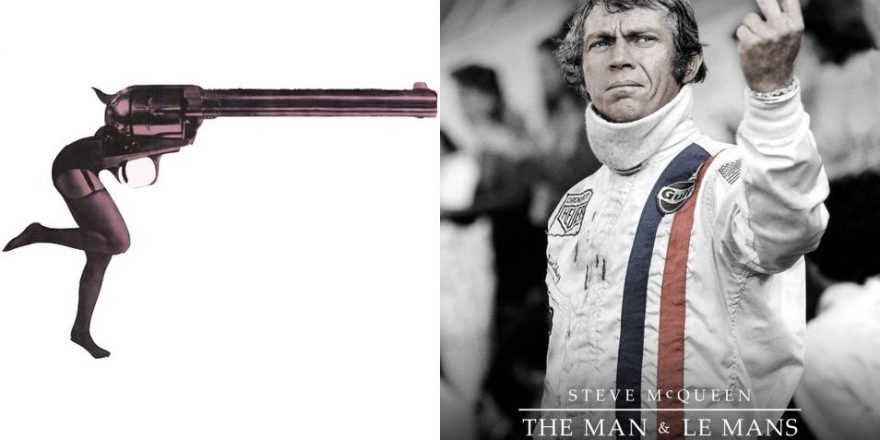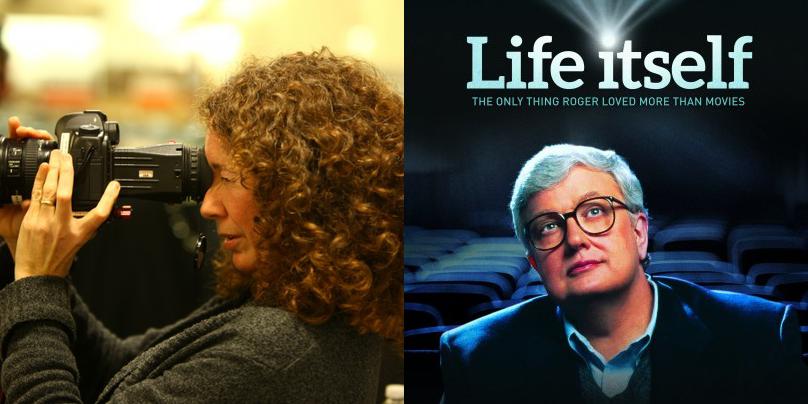In college in the late ’70s, I took a history of foreign cinema class which was my first serious introduction to non-Hollywood, non-American movies. It was while taking that course I first encountered the introspection of Ingmar Bergman, the extravagance of Federico Fellini and the jump cuts of Jean-Luc Godard. These were films of great European innovators and auteurs that still affect how I see cinema. The only non-European director we studied that semester was Akira Kurosawa. I was so impressed with Kurosawa’s highly entertaining blend of Japanese myth and history with Hollywood genre elements I became a bit of Kurosawa fanatic. Up until then, the only body of work I’d seen with non-white protagonists at the center of the narrative had been the relatively gentle civil rights parables of Sidney Poitier from the 1960s, the gritty blaxploitation flicks of the early ’70s and a few Bruce Lee movies. Otherwise I’d grown up in a cinematic universe as white as blackboard chalk.
By the mid-80s, I was really thirsty for images of black life. Aside from Eddie Murphy vehicles (in which he was often the only black character of consequence), there wasn’t a lot coming out of Hollywood with black actors and this was before Spike Lee’s breakthrough with She’s Gotta Have It. Somewhere, maybe the Village Voice or Film Comment, I read about the films of Ousmane Sembène. I remember venturing to a Midtown Manhattan library where I was able to view a print of his 1966 feature debut, Black Girl, and being so impressed by the seriousness of its theme and new wave-influenced style. Black Girl tells the story of a young West African woman recruited to be a maid in France, with her life a metaphor for the conflict between modernity and tradition, race and class, embodied in Africa’s tragic exploitation by the Western European powers. (Sadly Black Girl could be remade today with very little change.) As the first notable feature made in Sub-Saharan Africa by a black African, it foreshadowed not just Sembène’s career, but the future of African cinema. Sembène’s determination to see African people – his sisters, brothers, friends, himself – as the focal point of cinematic stories was unprecedented on the continent, marking him as a revolutionary in an era when Africa was trying to shred the psychological, as well as governmental, shackles of colonialism. In the decades after first seeing Black Girl, I sought out Sembène’s work at film festivals, museums and via the occasional New York theatrical release. Despite his status as Africa’s pioneering auteur, distribution of his films in the United States was always spotty, which is one reason why a great many black Americans, including filmmakers, don’t know his name or body of work.
His determination to see African people – his sisters, brothers, friends, himself – as the focal point of cinematic stories was unprecedented.Whenever I encountered Sembène’s films, I always left the theater haunted, because he showed an Africa that in America seemed hidden behind years of Tarzan movies and movies about autocratic African war lords. There was more to Africa than starving children and UN aid. Sembène allowed you to see the place in all its beauty and, yes, horror. Moreover his craftsmanship and thematic boldness as a black filmmaker would only be matched in America by Spike Lee, Charles Burnett and few others. Black Girl focused his rage on the self-righteousness of European colonialism, but in some of my favorite films by Sembène – such as 1992’s Guelwaar, Faat Kiné from 2001 – he critiqued corrupt national leaders, religious fanaticism of several faiths, deep-seated African misogyny and the destruction of traditional culture.
The new documentary Sembene!, co-directed by scholar and official Sembène biographer Samba Gadjigo and veteran film producer and programmer Jason Silverman, is an essential introduction to a world-class filmmaker who’s noteworthy for both his historical importance and the overall quality of his work. Gadjigo was mentored by Sembène and the growth of their relationship provides the narrative spine of Sembene!, along with Sembène’s filmography. To his credit, Gadjigo doesn’t shy away from questions about Sembène’s integrity, including an accusation he stole the scenario for his 1988 feature Camp de Thiaroye. It’s an instance where Sembène’s artistic ambition may have overcome his morals. It’s sad yet doesn’t undermine the director’s legacy as much as provide a darker vision of his character.
Currently in the West, the majority of people who know anything about African cinema most likely identify it with the soap operas, fantastical tales and cut-rate productions of Nigeria’s popular Nollywood features. These films are consumed globally and do put a distinctly African take on genre films. But, like all commercial movies, Nollywood relies on formula and stereotypes, providing a limited vision of contemporary Africa. A film like Abderrahmane Sissako’s award-winning and disturbing Timbuktu, however, is very much in Sembène’s fearless tradition and makes clear his legacy of artful agitprop endures.







